Jack Tree - Artocarpus heterophyllus
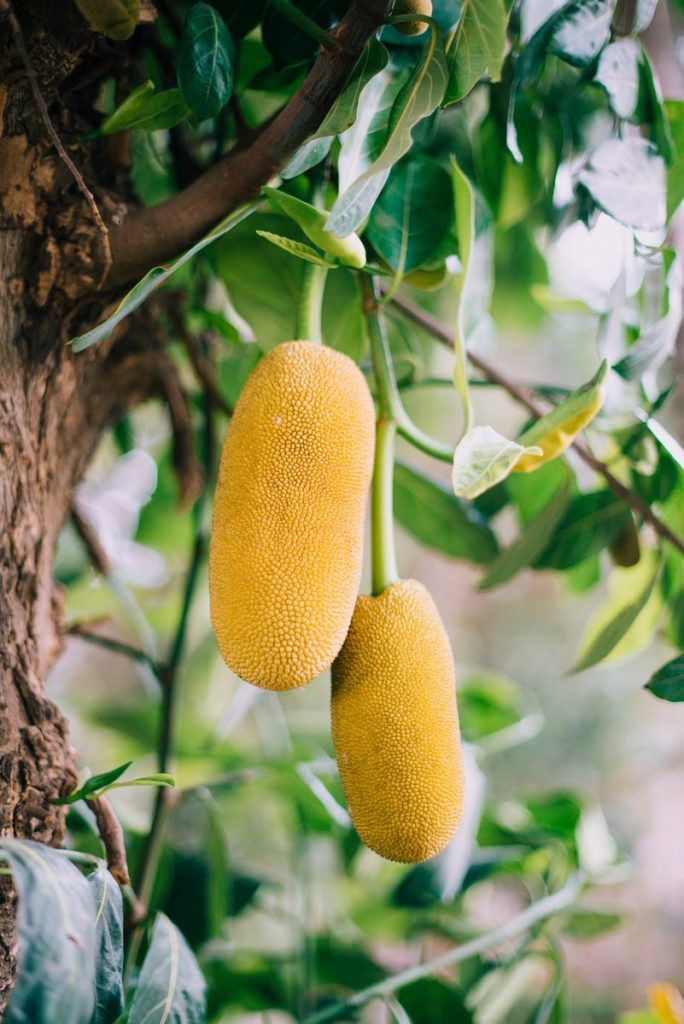
Jackfruit is a tropical climacteric fruit, belonging to Moraceae family. It is rich in nutrients including carbohydrates, proteins, vitamins, minerals, and phytochemicals. Both the seeds and the flesh of jackfruit are consumed as curries and boiled forms, while the flesh in fully ripen stage can be eaten directly as a fruit. People eat the fruit and seeds of jackfruit tree as food or as medicine. Jackfruit is taken by mouth as an aphrodisiac or for diabetes. Jackfruit paste is applied to the skin for poisonous bites. Also, the wood of the jackfruit tree is used to make furniture or musical instruments.
Jasmine - Holarrhena pubescens
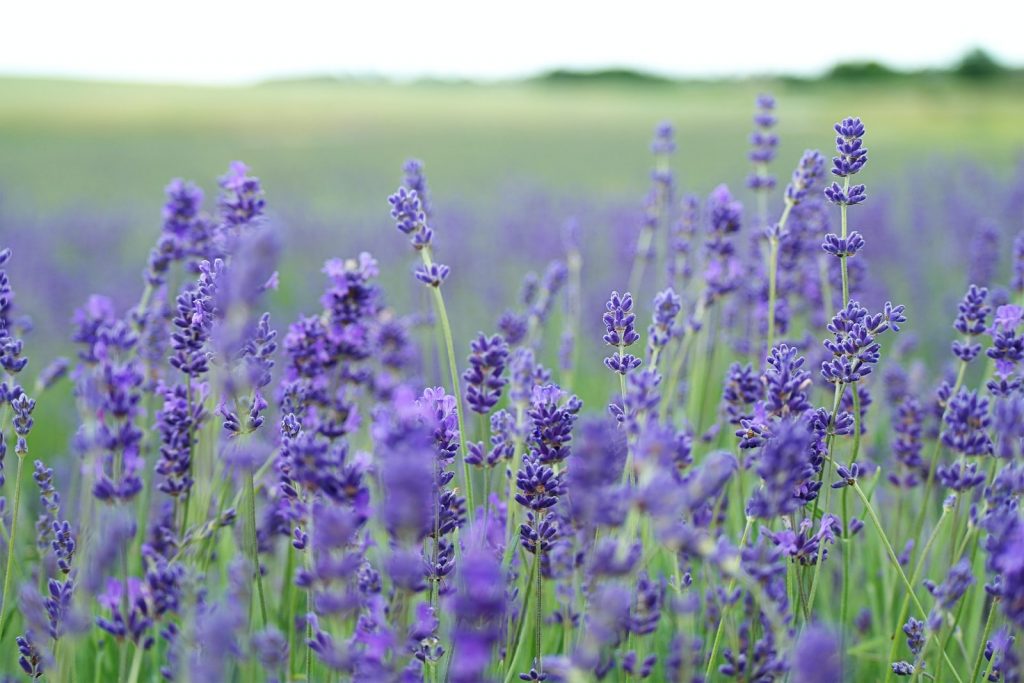
Jasmine is a plant. The flower is used to make medicine. Jasmine has been used for liver disease (hepatitis), liver pain due to cirrhosis, and abdominal pain due to severe diarrhea (dysentery). It is also used to cause relaxation (as a sedative), to heighten sexual desire (as an aphrodisiac), and in cancer treatment. In foods, jasmine is used to flavor beverages, frozen dairy desserts, candy, baked goods, gelatins, and puddings. jasmine, (genus Jasminum), also spelled jessamine, genus of about 200 species of fragrant-flowered shrubs and vines of the olive family (Oleaceae). The plants are native to tropical and to some temperate areas of the Old World. Several are cultivated as ornamentals.
Java Plum - Syzygium jambolanum
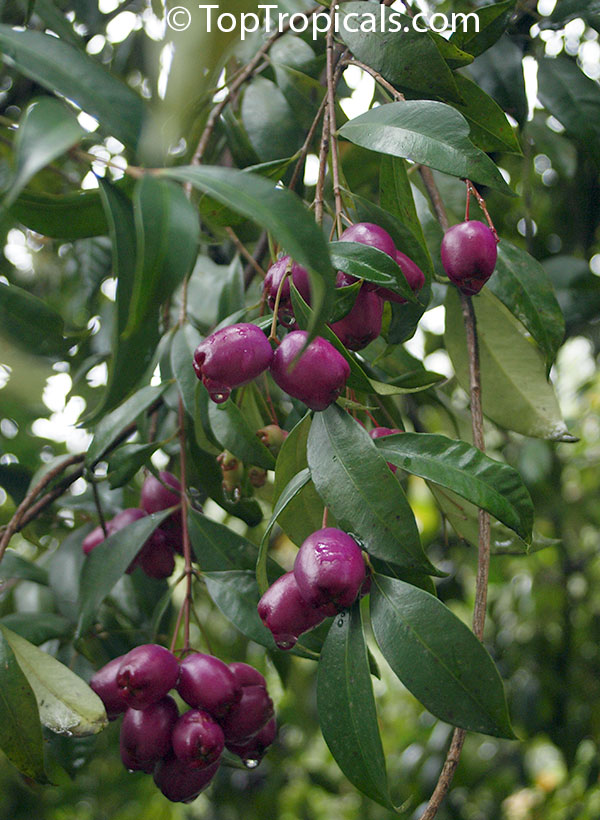
The fruit is popular for its deep blue or purple color. Also known as black plum or Java plum, jamun has now spread to other tropical regions across the world. It is a fruit of the flowering tree called Syzygium cumini and it fruits during May and June. Jamun has several medicinal and health benefits. It is one of the best home remedies for stomach pain, diabetes and arthritis. The fruit also cures digestive issues like dysentery and flatulence. Here is a list of some more health benefits of jamun. The fruit syrup is very useful for curing diarrhea. It is stomachic, carminative, and diuretic, apart from having cooling and digestive properties (Thaper, 1958). Jamun seeds are also known for their medicinal properties and are used to treat diabetes, diarrhea, and dysentery.
Jewelweed - Impatiens capensis

Jewelwood is your famous “Touch-me-Not” plant. The plant’s seed pods explode upon touching. That is how it got the name. The most common color of jewelweed flowers is orange with red spots, while another favorite species is creamy yellow. It is a succulent that can shoot up to 3 ft. to 10 ft. It has no fragrance. The plant also works against poison and rashes. You can also use the plant as an agent to promote blood flow, post-childbirth, and joint pain. Jewelweed is possibly safe for most people when taken by mouth or applied directly to the skin.
Joseph’s Coat - Amaranthus tricolor
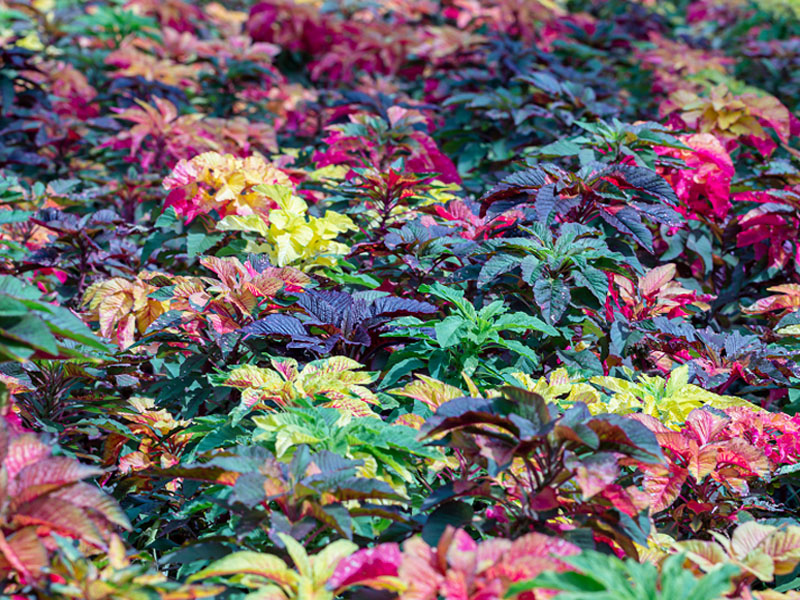
This plant is native to South America and there are lots of varieties under Amaranth category. The cultivars have yellow, red and Green foliage. The leaves and the stem are consumed as vegetable. Joseph’s Coat is an heirloom plant that was popular in the Victorian era when formal gardens were in vogue. The cultivars have yellow, red and Green foliage. The leaves and the stem are consumed as vegetable. It is rich in vitamins and minerals. Vitamin A is found considerably in this plant and also Vitamin B1 and C in fair amounts.
Jumping Cholla - Cylindropuntia fulgida
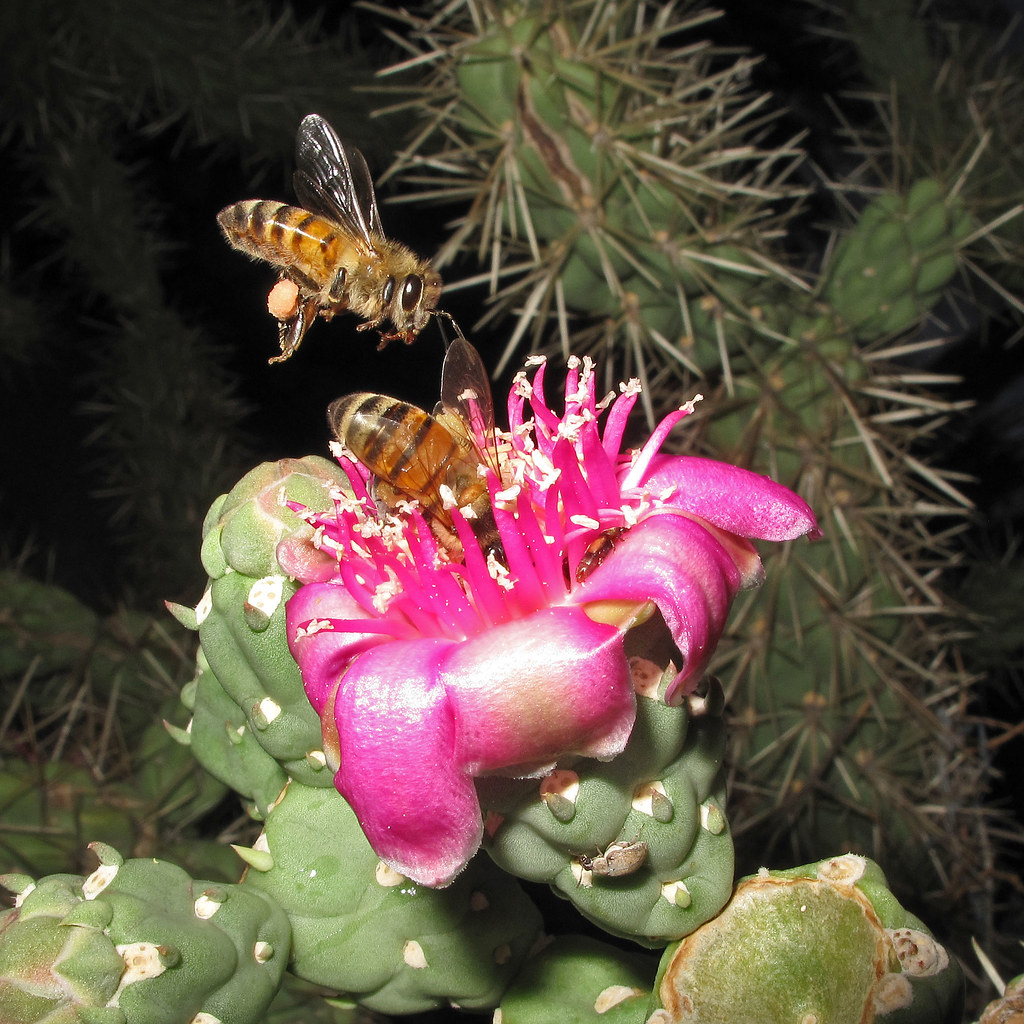
Cylindropuntia fulgida, the jumping cholla, also known as the hanging chain cholla, is a cholla cactus native to Sonora and the Southwestern United States. Nutritional Value. Cholla buds are an excellent source of calcium, offering more than a glass of milk in just two tablespoons. Commonly consumed by nursing mothers and those at risk for osteoperosis, their soluble fiber and pectin also help to regulate blood-sugar levels in those affected with diabetes.
Juniper Shrubs - Juniperus communis
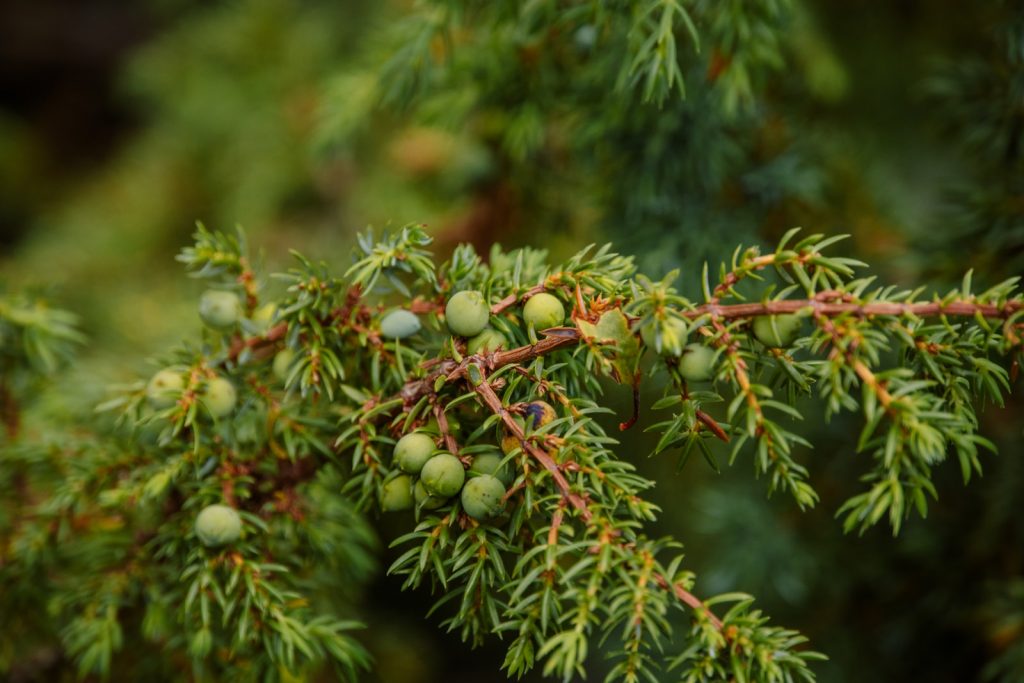
Common juniper (Juniperus communis), a sprawling shrub, is widely distributed on rocky soils throughout the Northern Hemisphere. Many ornamental cultivars have been developed. Another important ornamental and timber tree is the eastern red cedar. The leaves of juniper shrubs are needle-like. They smell like cedar, lemons, apples, or incense when crushed. Male and female reproductive structures usually are borne on separate plants. It aids in digestion, upset stomach, heartburn, kidney stones, and bladder stones.
Jojoba - Simmondsia chinensis
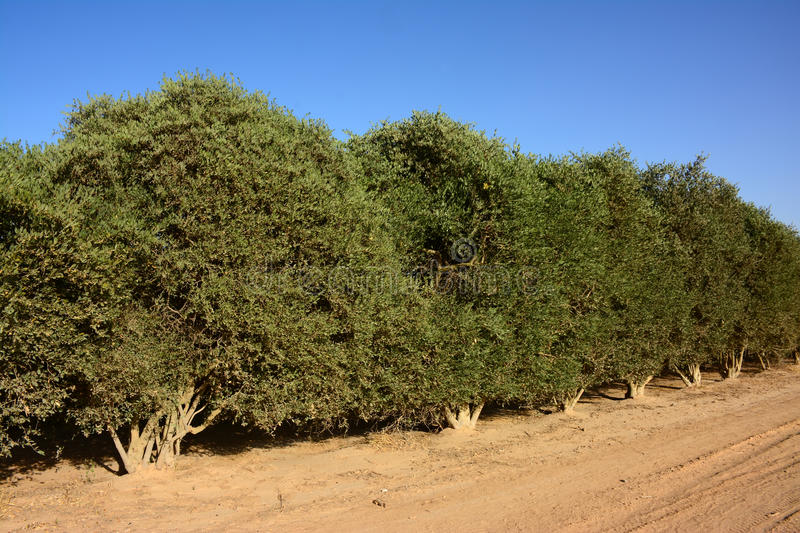
Jojoba is applied directly to the skin for acne, psoriasis, sunburn, and chapped skin. It is also used topically to encourage the regrowth of hair in people who are balding. In manufacturing, jojoba is used as an ingredient in shampoo; lipstick; makeup; cleansing products; and in face, hand, and body lotions. Jojoba is rich in antioxidants and skin preserving vitamins E and B, which help to promote collagen synthesis and help to slow down the appearance of fine lines and wrinkles.
Dogwood - Cornus florida
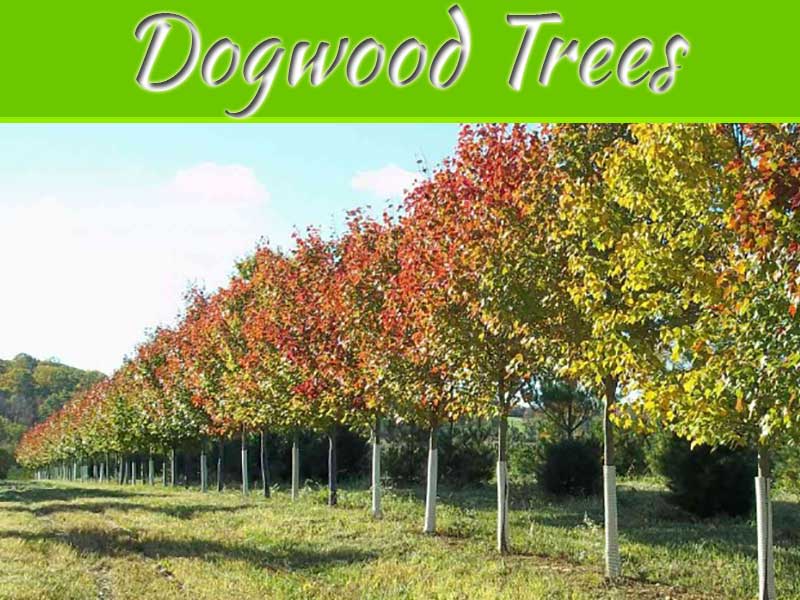
American dogwood is a plant. People make medicine from the bark. Historically, American dogwood was sometimes used for treating malaria instead of the drug quinine. American dogwood is still used today as medicine, but not very often. People use American dogwood for headaches, fatigue, fever, and ongoing diarrhea. It is also used to increase strength, to stimulate appetite, and as a tonic. Some people apply American dogwood directly to the skin for boils and wounds. Be careful not to confuse it with Jamaican dogwood.

